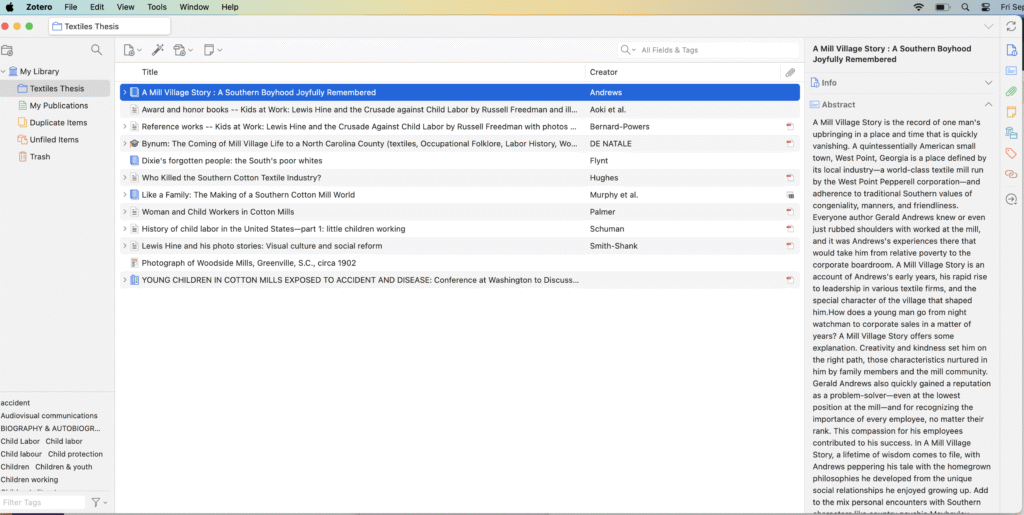In the early 20th century, it wasn’t uncommon to find children as young as ten working long hours in South Carolina’s textile mills. Their small hands and quick reflexes made them ideal for tasks like mending threads or cleaning machinery — but the reality behind those jobs was far from ideal. This chapter of labor history reveals how industrialization reshaped childhood, family roles, and entire communities.
Mill Owners and Economic Justification
Lewis W. Parker, a prominent South Carolina mill owner, testified before Congress in 1914 to defend the practice. He claimed that some children earned more than their fathers, framing child labor as a financial necessity for struggling families. To Parker, children were simply better suited to mill work — a practical solution to poverty, not a moral dilemma.
Reformers and the Power of Photography
In stark contrast, photographer Lewis Hine captured haunting images of child workers for the National Child Labor Committee. His photos, often labeled with names, ages, and job descriptions, were designed to stir public outrage. Hine’s work helped fuel the push for reform by highlighting the human cost of industrial progress.
Everyday Life in the Mill Villages
The book Like a Family: The Making of a Southern Cotton Mill World offers a more nuanced view. Drawing from oral histories and archival research, it shows how child labor was woven into the fabric of mill village life. Families often relied on every member — including children — to make ends meet. The tone is empathetic, showing how economic hardship and cultural norms sustained the system.
This history isn’t just about labor laws or factory conditions — it’s about how childhood itself was redefined. In many mill families, work blurred the lines between child and adult. As one chapter of my thesis puts it:
“In South Carolina’s textile mills, children as young as ten routinely worked twelve-hour shifts, their small hands and quick reflexes prized by manufacturers. For many families, child labor was not a choice but a necessity — one that blurred the boundaries between childhood and adulthood.” Understanding these stories helps us see how industrialization shaped not just economies, but lives — especially the lives of the youngest workers.


As a Library Specialist and a graduate student working on a thesis about South Carolina’s textile industry and its impact on children between 1877 and 1921, I’ve recently revisited Zotero—and I’m glad I did.
Zotero’s ability to pull citation information directly from websites, databases, and even my library’s catalog has saved me hours of manual entry. In many cases, it even retrieved the full-text PDF of the article and attached it to the citation record—an unexpected but very welcome feature.
For my first round of experimentation, I gathered 12 secondary sources from a variety of platforms: JSTOR, Project MUSE, ProQuest, Internet Archive, Google Scholar, and the Clemson University Library catalog. I intentionally mixed formats—books, journal articles, a photo, and even a thesis I’m using for inspiration. Zotero handled all of them seamlessly.
Beyond Bibliographies: Notes and Organization
While Zotero’s automatic citation generation is impressive, my favorite feature is the note field. I use it to record how I plan to use each source, highlight relevant pages, and jot down ideas. Although Zotero allows you to underline passages within PDFs, I find the notes more helpful for organizing my thoughts and tracking the purpose of each source.
How Zotero Is Helping Shape My Thesis
One key insight I’ve noted is that the Great Depression began affecting the South much earlier than the 1929 stock market crash—some sources suggest as early as 1921. This economic hardship deeply impacted textile mill communities, and I’m especially interested in how children adapted to these cultural and labor shifts.
Final Thoughts
If you’re working on an extensive research project, I highly recommend Zotero. It’s user-friendly, powerful, and adaptable. Whether you’re writing a thesis, organizing archival materials, or just keeping track of your reading, Zotero can streamline your workflow and help you stay focused on what matters most: your ideas.